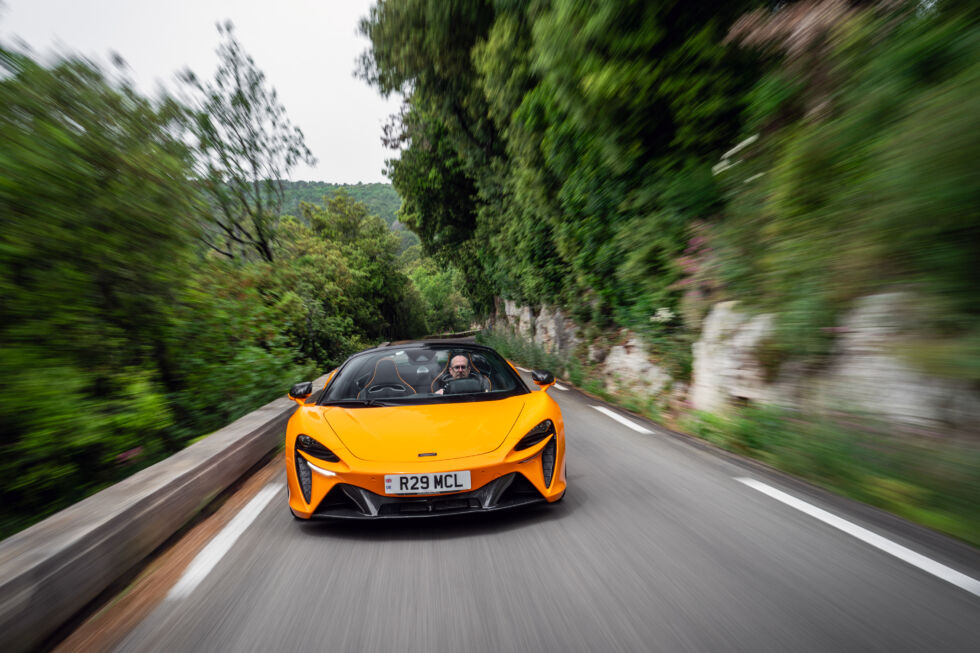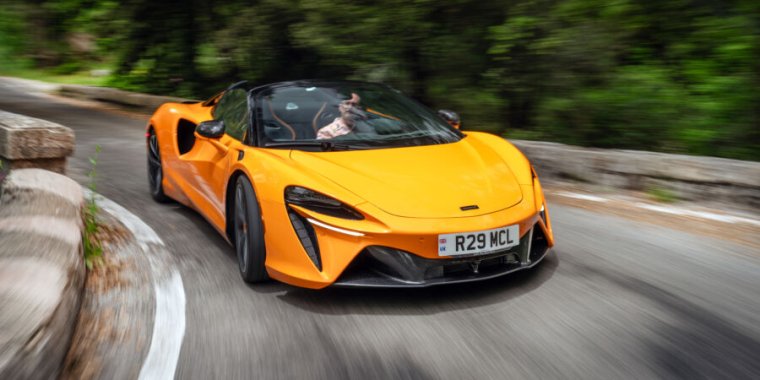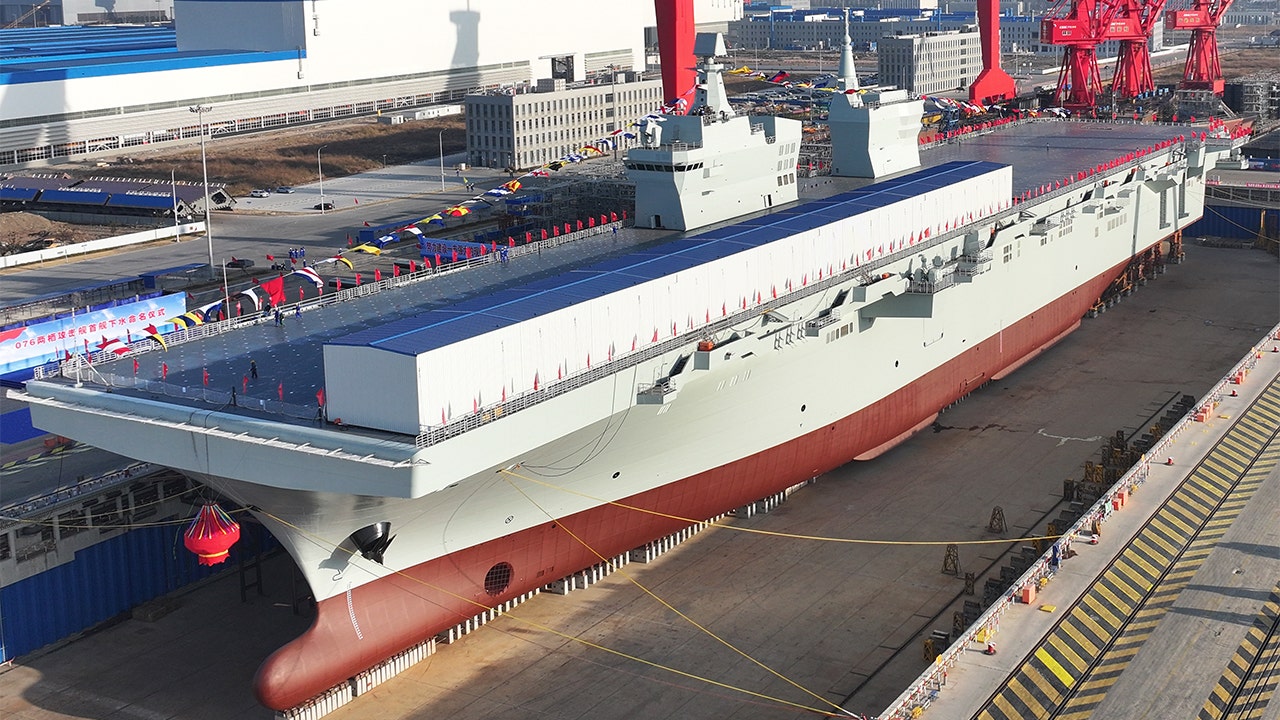McLaren
MONACO—The idea of an “entry-level” supercar might sound like a contradiction in terms, but every car company’s range has to start somewhere, and in McLaren’s case, that’s the Artura. When Ars first tested this mid-engined plug-in hybrid in 2022, It was only available as a coupe. But for those who prefer things al fresco, the British automaker has now given you that option with the addition of the Artura Spider.
The Artura represented a step forward for McLaren. There’s a brand-new carbon fiber chassis tub, an advanced electronic architecture (with a handful of domain controllers that replace the dozens of individual ECUs you might find in some of its other models), and a highly capable hybrid powertrain that combines a twin-turbo V6 gasoline engine with an axial flux electric motor.
More power, faster shifts
For model year 2025 and the launch of the $273,800 Spider version, the engineering team at McLaren have given it a spruce-up, despite only being a couple of years old. Overall power output has increased by 19 hp (14 kW) thanks to new engine maps for the V6, which now has a bit more surge from 4,000 rpm all the way to the 8,500 rpm redline. Our test car was fitted with the new sports exhaust, which isn’t obnoxiously loud. It makes some interesting noises as you lift the throttle in the middle of the rev range, but like most turbo engines, it’s not particularly mellifluous.
-
The new engine map means the upper half of third gear will give you a real shove toward the horizon.
McLaren -
The Artura Spider’s buttresses are made from a lightweight and clear polymer, so they do their job aerodynamically without completely obscuring your view over your shoulder.
McLaren -
The Artura Spider is covered in vents and exhausts to channel air into and out of various parts of the car.
McLaren -
You could have your Artura Spider painted in a more somber color. But Orange with carbon fiber looks pretty great to me.
-
If you look closely, you can see the transmission hiding behind the diffuser.
Jonathan Gitlin
Combined with the 94 hp (70 kW) electric motor, that gives the Artura Spider a healthy 680 hp (507 kW), which helps compensate for the added 134 lbs (62 kg) due to the car’s retractable hard top. There are stiffer engine mounts and new throttle maps, and the dual-clutch transmission shifts 25 percent faster than what we saw in the car that launched two years ago. (These upgrades are carried over to the Artura coupe as well, and the good news for existing owners is that the engine remapping can be applied to their cars, too, with a visit to a McLaren dealer.)
Despite the hybrid system—which uses a 7.4 kWh traction battery—and the roof mechanism, the Artura Spider remains a remarkably light car by 2024 standards, with a curb weight of 3,439 lbs (1,559 kg), which makes it lighter than any comparable car on the market.
In fact, picking a comparable car is a little tricky. Ferrari will sell you a convertible hybrid in the shape of the 296 GTS, but you’ll need another $100,000 or more to get behind the wheel of one of those, which in truth is more of a competitor for the (not-hybrid) 750S, McLaren’s middle model. Any other mid-engined drop-top will be propelled by dino juice alone.
What modes do you want today?

McLaren
You can drive it using just the electric motor for up to 11 miles if you keep the powertrain in E-mode and start with a fully charged battery. In fact, when you start the car, it begins in this mode by default. Outside of E-mode, the Artura will use spare power from the engine to top up the battery as you drive, and it’s very easy to set a target state of charge if you want to save some battery power for later, for example. Plugged into a Level 2 charger, it should take about 2.5 hours to reach 80 percent.
The car is light enough that 94 hp is more than adequate for the 20 mph or 30 km/h zones you’re sure to encounter whether you’re driving this supercar through a rural village or past camera-wielding car-spotters in the city. Electric mode is serious, and the car won’t fire up the engine until you switch to Comfort (or Sport, or Track) with the control on the right side of the main instrument display.
On the left side is another control to switch the chassis settings between Comfort, Sport, and Track. For road driving, comfort never felt wrong-footed, and I really would leave track for the actual track. The same goes for the Track powertrain setting; for the open road, Sport is the best-sounding, and comfort is well-judged for everyday use and will kill the V6 when it’s not needed. Sport and Track instead use the electric motor—mounted inside the case of the eight-speed transmission—to fill in torque where needed, similar to an F1 or LMDh race car.










